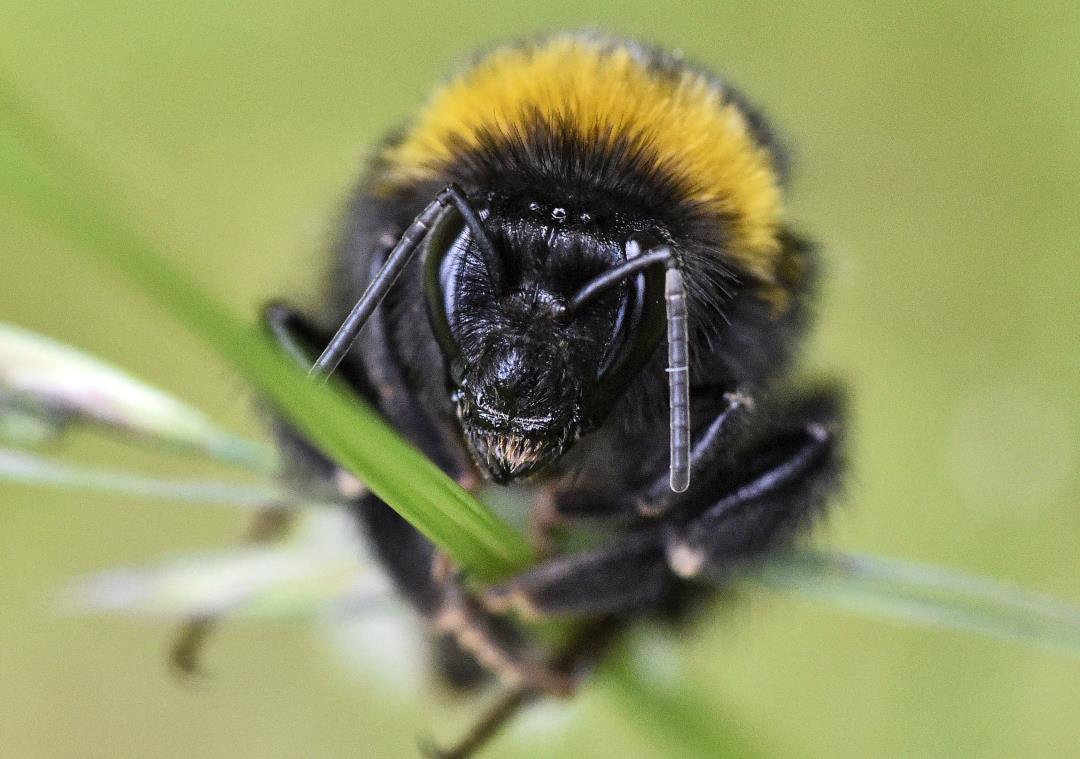
(Newser) – If you're a middle-aged American, it's a lot harder to spot a bumblebee buzzing around now than when you were kid. Researchers say the chances of seeing a bumblebee in North America today is 46% less than in the 1970s, reports NPR. Europeans also have worse odds of seeing the master pollinators, though the decrease is less steep at 17%. The researchers attribute the steep drops to warming temperatures, suggesting that hotter, drier conditions are wiping out colonies. The bees, whose pollination plays a vital role in the survival of some plants and crops, prefer "cooler, slightly wet climates," per CNN. For the study in Science, researchers compared bumblebee populations from 1901 to 1974 to the period of 2000 to 2014. They found that Mexico in particular has been especially hard hit, but that major "heat events" are taking a toll all over.
"It's these extreme events throughout the year that's pushing bees beyond what they've ever had to handle before," says lead author Peter Soroye of the University of Ottawa. "And that seems to be driving a lot of the disappearances in bees." Generally, the bees would be expected to begin shifting toward cooler climes, but the researchers say they don't seem to be able to keep up with the pace at which their old colonies are declining. The upshot: "Climate change could increase species’ extinction risk as temperatures and precipitation begin to exceed species’ historically observed tolerances," the researchers write in the study. Another researcher, Tim Newbold of University College London, tells the BBC this is the first study showing a "really clear fingerprint" that climate change is the culprit in local extinctions. (Read more bumblebees stories.)
https://news.google.com/__i/rss/rd/articles/CBMiU2h0dHBzOi8vd3d3Lm5ld3Nlci5jb20vc3RvcnkvMjg2NjQ3L2l0cy1nZXR0aW5nLW11Y2gtaGFyZGVyLXRvLXNlZS1hLWJ1bWJsZWJlZS5odG1s0gEA?oc=5
2020-02-07 15:02:00Z
52780594249416
Tidak ada komentar:
Posting Komentar